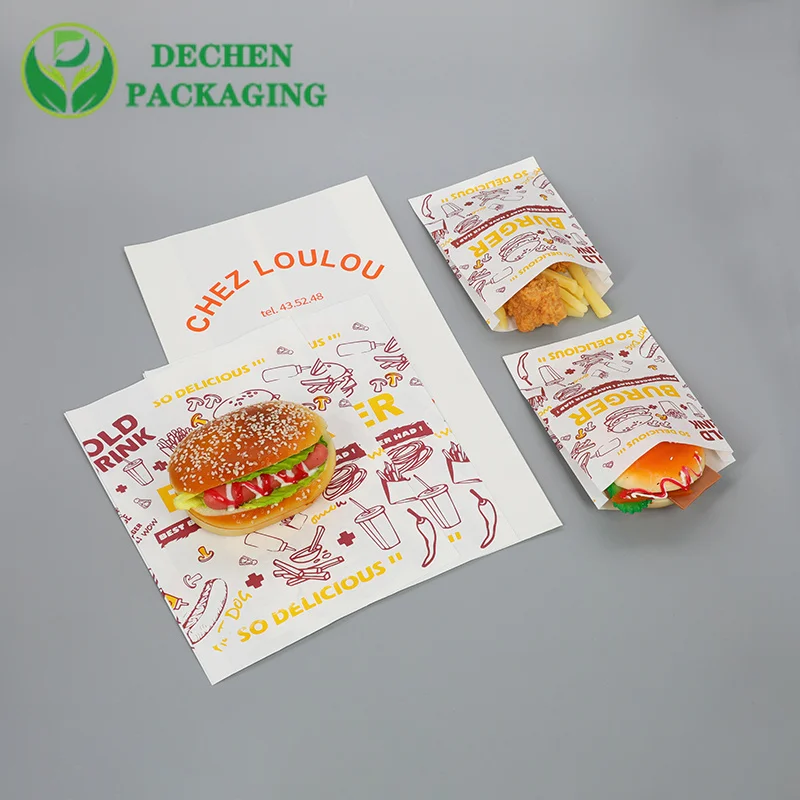Here's a detailed introduction to the sizes, materials, and commonly purchased types of sandwich bags, covering common specifications, material classifications, and consumer preferences:

I. Common Sizes of Sandwich Bags
Sandwich bags are typically classified by capacity or dimensions (length × width). Below are standard sizes and their applications:
| Size Category |
Typical Dimensions (Approx.) |
Capacity |
Common Uses |
| Small |
6" × 5" (15cm × 12.5cm) |
1–2 sandwiches |
Single sandwich, snacks, small fruits |
| Medium |
7" × 6" (18cm × 15cm) |
2–3 sandwiches |
Family portions, larger snacks, sandwiches with thick fillings |
| Large |
8" × 7" (20cm × 18cm) |
3–4 sandwiches |
Party platters, bulk snacks, meal prepping |
| Extra-Large |
10" × 8" (25cm × 20cm) |
4+ sandwiches |
Family outings, catering, or storing larger food items |

Note: Sizes may vary slightly by brand. Some brands also offer "stand-up" bags with gusseted bottoms for easier filling.
II. Material Types of Sandwich Bags
Sandwich bags are mainly categorized by material into three types, each with distinct properties and uses:
1. Paper Bags
- Material: Uncoated or lightly waxed paper.
- Features:
- Eco-friendly: Biodegradable and recyclable (check for wax coating, as some may not be recyclable).
- Breathable: Allows air circulation, making them suitable for dry foods like bread, cookies, or pastries.
- Not waterproof: Not ideal for wet or oily foods (may leak or become soggy).
- Common Sizes: Small to medium (e.g., 6" × 5" or 7" × 6").
- Use Cases: Cafés, bakeries, packed lunches, or eco-conscious consumers.

2. Aluminum Foil Paper Bags
- Material: Layered with aluminum foil (inside) and paper (outside).
- Features:
- Heat-resistant: Can withstand low-temperature heating (e.g., oven or microwave, up to specific temperatures—always check the brand’s instructions).
- Insulating: Keeps food warm or cold for longer (e.g., hot sandwiches, cold salads).
- Waterproof and oil-resistant: Prevents leaks from sauces or moisture.
- Common Sizes: Medium to large (e.g., 7" × 6" or 8" × 7").
- Use Cases: Takeout meals, picnics, barbecues, or foods that require temperature retention.

3. Plastic Bags (e.g., Polyethylene)
- Material: Polyethylene (PE), often with a zip-top closure.
- Features:
- Durable and waterproof: Ideal for wet foods (e.g., sandwiches with sauce, fruits, or leftovers).
- Reusable (some brands): Look for "reusable" or "resealable" labels.
- Variety of sizes: Available in small to extra-large, with some brands offering "gallon-sized" bags for bulk storage.
- Common Sizes: All sizes, with small (6" × 5") and medium (7" × 6") being most popular for sandwiches.
- Use Cases: Daily lunches, food storage, travel, or freezer use (check for freezer-safe labels).
III. Frequently Purchased Sizes by Users
Consumer choices depend on household size, usage frequency, and food type:
-
Small (6" × 5"):
- Popular for single servings, kids’ lunches, or snacks (e.g., carrot sticks, chips).
- Ideal for portion control or minimalist packing.
-
Medium (7" × 6"):
- The most versatile size, suitable for standard sandwiches (e.g., turkey, PB&J), wraps, or small meals.
- Preferred by families or individuals who pack daily lunches.
-
Large/Extra-Large (8" × 7" or 10" × 8"):
- Less common for sandwiches but popular for family meals, party platters, or storing baked goods (e.g., bread loaves, cookies).
- Often used for meal prepping or bulk snacks (e.g., trail mix, pretzels).
-
Specialty Sizes:
- Stand-up bags: For bulky items (e.g., salads with toppings).
- Freezer bags: Larger sizes for freezing pre-made sandwiches or leftovers.
IV. Tips for Choosing Sandwich Bags
- Eco-Considerations: Opt for paper or reusable plastic bags to reduce waste.
- Food Safety: Use aluminum foil or plastic bags for wet/oily foods; paper bags for dry items.
- Convenience: Reusable zip-top bags are cost-effective for frequent use.
By understanding these factors, you can select the right bag for your needs, whether for packing a quick lunch, storing leftovers, or hosting an event!






